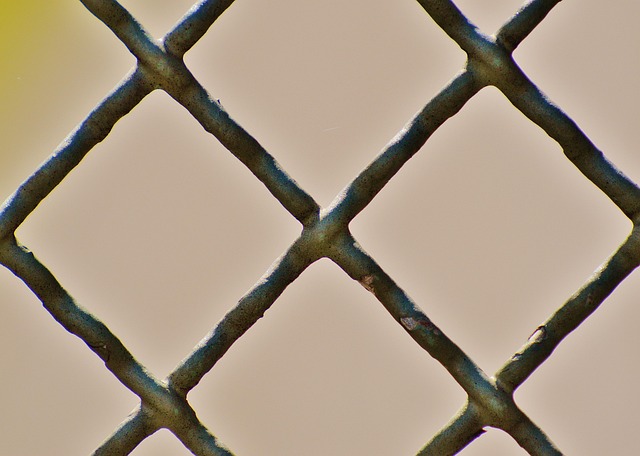Muscle soreness after exercise is a natural adaptation response, often peaking 24-72 hours post-workout due to microscopic muscle fiber tears, lactic acid buildup, inflammation, and poor recovery practices. Kratom, known for its unique kratom pigmentation, has gained popularity as a natural remedy. Its active compounds interact with opioid receptors for analgesic effects, promoting relaxation without drowsiness. Unlike traditional painkillers, kratom's anti-inflammatory properties accelerate recovery. Personalized workout plans tailored to age, fitness level, pre-existing conditions, and activity type are crucial for managing muscle soreness. Incorporating exercises like strength training, stretching, and low-impact cardio, along with adjusting workout intensity, duration, and frequency, aids in reducing stiffness and improving flexibility.
“Experience nagging muscle soreness? It’s time to unlock personalized workout solutions. This comprehensive guide delves into the science behind muscle aches, exploring their causes and offering a natural approach with kratom as a potential ally.
We’ll uncover how this ancient herb can aid in recovery and provide tailored workout plans designed for maximum relief. Say goodbye to persistent soreness and embrace a new level of comfort through targeted exercises and the power of kratom pigmentation.”
- Understanding Muscle Soreness and Its Causes
- The Role of Kratom in Relieving Muscle Soreness
- Creating Personalized Workout Plans for Effective Relief
Understanding Muscle Soreness and Its Causes

Muscle soreness is a common issue that many people experience after intense physical activity or exercise. It’s a sign that your muscles are adapting and growing stronger, but it can be uncomfortable. Understanding the causes behind this post-workout discomfort is key to managing it effectively.
There are several factors contributing to muscle soreness, including delayed onset muscle soreness (DOMS), which typically peaks 24-72 hours after exercise. This occurs due to microscopic tears in muscle fibers as a result of new or increased stress during workouts. Other causes include lactic acid buildup, inflammation, and poor recovery practices. Interestingly, kratom pigmentation has been found to play a role in mitigating some of these factors, offering potential relief from muscle soreness through its anti-inflammatory properties.
The Role of Kratom in Relieving Muscle Soreness

Kratom, known for its diverse range of benefits, has emerged as a valuable ally in the fight against muscle soreness. This natural herb, with its unique kratom pigmentation, offers a gentle yet effective approach to relief. The active compounds within kratom interact with the body’s opioid receptors, mimicking the effects of natural painkillers and reducing the sensation of discomfort associated with post-workout muscle aches.
Beyond its analgesic properties, kratom promotes relaxation without causing drowsiness, making it an ideal solution for individuals seeking both comfort and mobility after intense physical activity. Its ability to alleviate inflammation further contributes to faster recovery, allowing athletes and fitness enthusiasts to return to their routines without the debilitating effects of delayed-onset muscle soreness.
Creating Personalized Workout Plans for Effective Relief

Creating personalized workout plans is key to effectively managing and relieving muscle soreness, a common issue often associated with intense or unfamiliar physical activities. Each individual’s body responds uniquely to exercise, making one-size-fits-all approaches less effective. By tailoring workouts to specific needs, you can target deep tissue pain and inflammation more precisely. This involves considering factors like age, fitness level, any pre-existing conditions, and the type of activity that caused the soreness.
For instance, a high-intensity workout might require a different recovery strategy than a long-distance run or a yoga session. Incorporating various exercises like strength training, stretching, and low-impact cardio can aid in kratom pigmentation—reducing muscle stiffness and improving flexibility. Additionally, listening to your body and adjusting the intensity, duration, and frequency of workouts ensures you’re not overdoing it, which could lead to further discomfort.
In conclusion, addressing muscle soreness effectively involves a holistic approach. By understanding the root causes, such as delayed-onset muscle soreness (DOMS), and incorporating natural remedies like kratom, individuals can experience relief. Customized workout plans tailored to specific needs play a pivotal role in enhancing recovery. This personalized strategy, combined with the benefits of kratom pigmentation, offers a promising avenue for those seeking lasting comfort from muscle discomfort.














